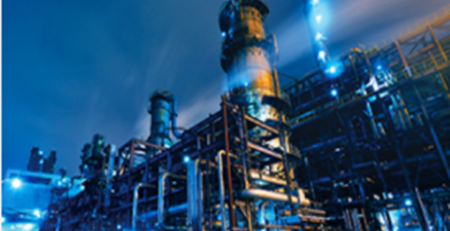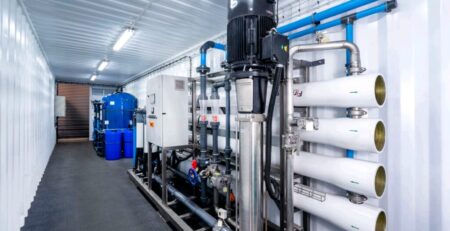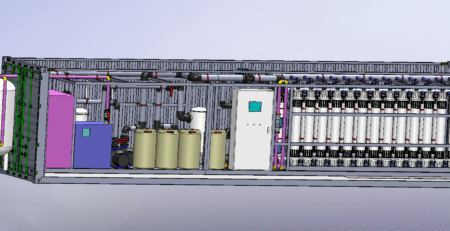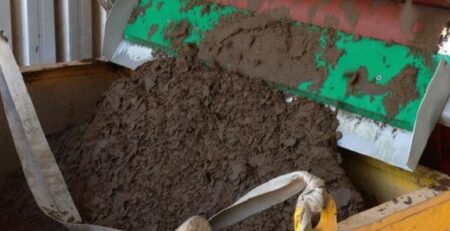Designing Plate and Frame Heat Exchangers
Introduction:
Highly effective tools for transporting heat between two fluids while keeping them apart are plate and frame heat exchangers. They are widely used in many different industries, including food processing, chemical manufacture, HVAC (Heating, Ventilation, and Air Conditioning), and many more. To guarantee optimum performance, a number of parameters must be carefully taken into account while designing a plate and frame heat exchanger. We’ll walk you through each crucial step involved in creating a plate and frame heat exchanger design.
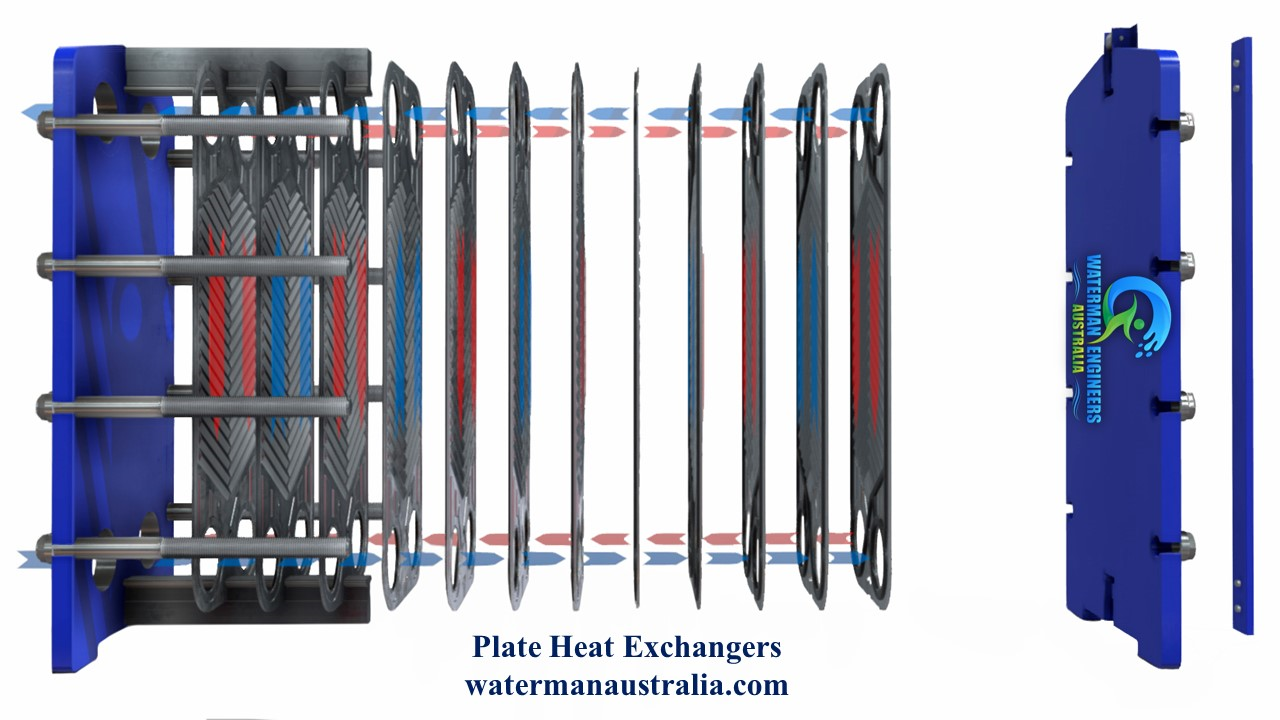
Understanding the Basics
Understanding the basic principles of plate and frame heat exchangers is essential before beginning the design process. These heat exchangers are made up of several plates with fluid flow channels. The heated fluid is contained in one set of plates, and the cool fluid is contained in the other set of plates. Efficient heat transmission is made possible by the hot and cold fluids flowing through these channels in parallel or counter-current flow.
Design Steps
- Determine the Heat Exchanger’s Purpose
Clearly defining the objective of a plate and frame heat exchanger is the first stage in its design. Recognize the particular needs of your application. Is a fluid being heated or cooled? What pressure and temperature requirements exist for the hot and cold fluids, respectively? A great design requires that you have a clear understanding of your objectives. - Selection of Materials
An important part of designing a plate and frame heat exchanger is selecting the appropriate materials for the gaskets and plates. The qualities of the fluids being handled, the required temperature and pressure, and the materials’ resistance to corrosion all play a role in the selection of materials. For gaskets, common materials include titanium, stainless steel, and different elastomers. - Determine Heat Transfer Area
You must be aware of the heat transfer rate as well as the temperature differential between the hot and cold fluids in order to calculate the necessary heat transfer area for the heat exchanger. The following formula can be used to determine the heat transfer area:Q = U * A * ΔTlm
Q is the heat transfer rate (in watts or BTU/hr).
U is the overall heat transfer coefficient (in W/m²·K or BTU/hr·ft²·°F).
A is the heat transfer area (in square meters or square feet).
ΔTlm is the logarithmic mean temperature difference (in Kelvin or °F). - Plate Configuration and Geometry
The arrangement and form of the plates are critical to the heat exchanger’s functionality. The number of plates, the corrugation, the thickness, and the channel design of the plates are important factors to take into account. The fluid flow is turbulences by corrugated plates, which improves the efficiency of heat transfer. Higher pressures can be tolerated by thicker plates, but the efficiency of heat transfer may be decreased. The flow path and heat transfer surface area are influenced by the number of plates and the arrangement of the channels. - Calculate the Required Number of Plates
The intended rate of heat transfer as well as the flow rates of the hot and cold fluids determine how many plates the heat exchanger has. You can use the following formula to determine how many plates are needed:N = Q / U A ΔTlm
Where:
N is the number of plates.
Q is the heat transfer rate.
U is the overall heat transfer coefficient.
A is the heat transfer area.
ΔTlm is the logarithmic mean temperature difference. - Plate Spacing
For optimal fluid flow and heat transmission in a plate and frame heat exchanger, the distance between the plates is crucial. The efficiency of heat transmission, pressure drop, and flow velocity are all impacted by plate spacing. In accordance with the particular design and use, plate manufacturers prescribe a certain plate gap. - Pressure Drop Estimation
An accurate design necessitates estimating pressure drop on both the hot and cold sides. Pressure drop has an impact on the heat exchanger’s effectiveness and performance. Calculations of pressure drop consider various elements, including flow rates, plate shape, and fluid characteristics. - Gasket Selection
Selecting the right gaskets is essential to guaranteeing that the heat exchanger operates without leaks. Gaskets should offer a trustworthy seal and be compatible with the fluids being processed. When choosing gaskets, variables like temperature, pressure, and the presence of corrosive materials should be taken into account. - Safety and Regulatory Compliance
A plate and frame heat exchanger’s design must also take safety norms and laws into consideration. The industry and application may cause these standards to change. For safe and dependable operation, it is imperative that the heat exchanger is made to withstand the required pressure, temperature, and climatic factors.
Computer-Aided Design (CAD) and Simulation
In the design process, contemporary tools like simulation software and computer-aided design (CAD) software are indispensable. They enable designers to optimise the heat exchanger’s design for effectiveness and economy by simulating and analysing its performance under various scenarios.
Summary
It takes a thorough understanding of fluid dynamics, materials science, engineering, and heat transfer concepts to design a plate and frame heat exchanger. An effective heat exchanger is an essential part of many industrial processes because it can have a big impact on system performance and energy efficiency.
Engineers and designers can develop plate and frame heat exchangers that exceed performance and safety criteria while improving energy efficiency by following the methods provided in this guide, which can be customised for unique applications. Never forget that the long-term dependability and efficiency of the heat exchanger depend heavily on safety and adhering to industry requirements during the design phase. For help with the design, procurement, and installation of plate and frame heat exchangers for your industrial applications, get in touch with professionals such as Waterman Engineers Australia, who can offer specialist assistance for your heat exchanger projects.





